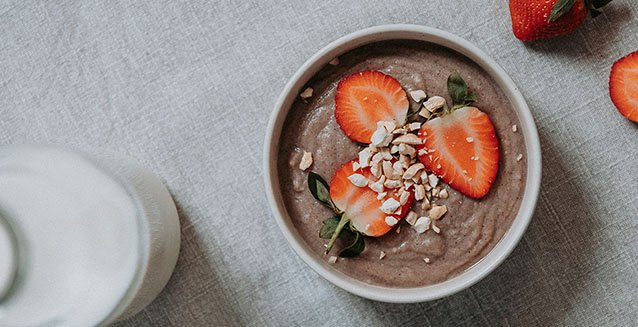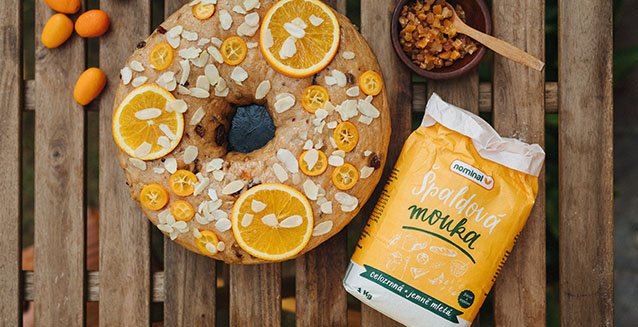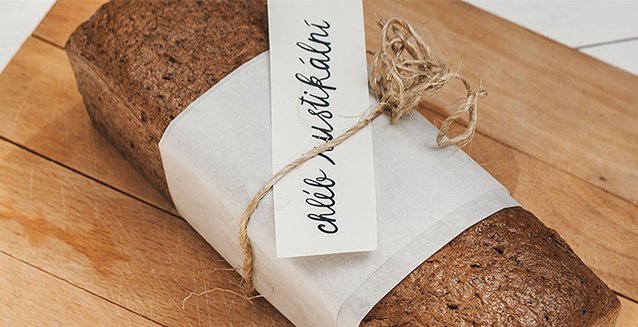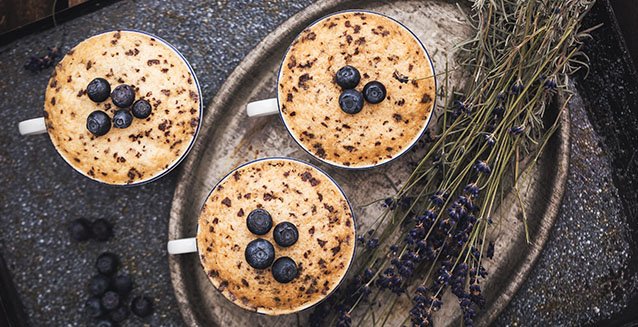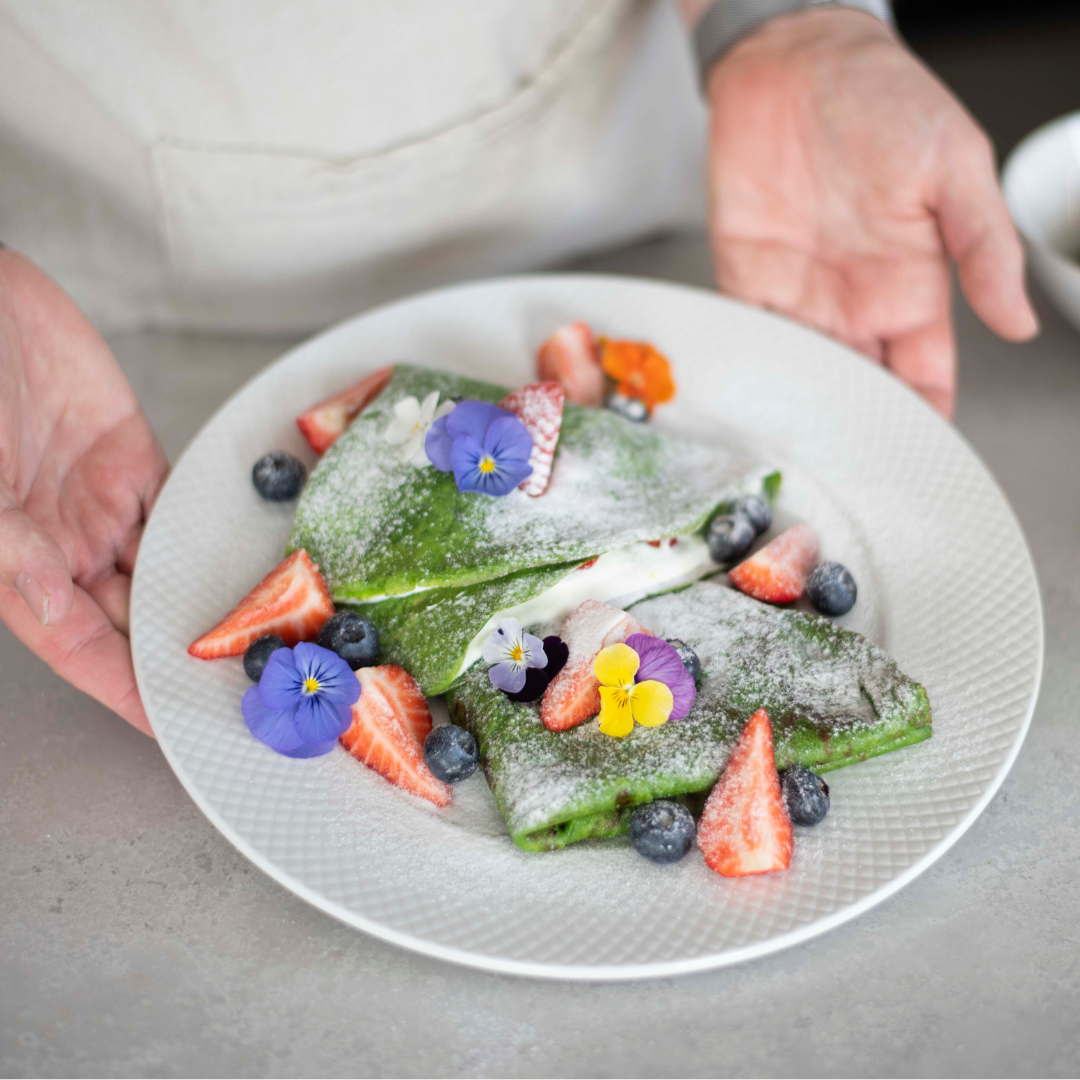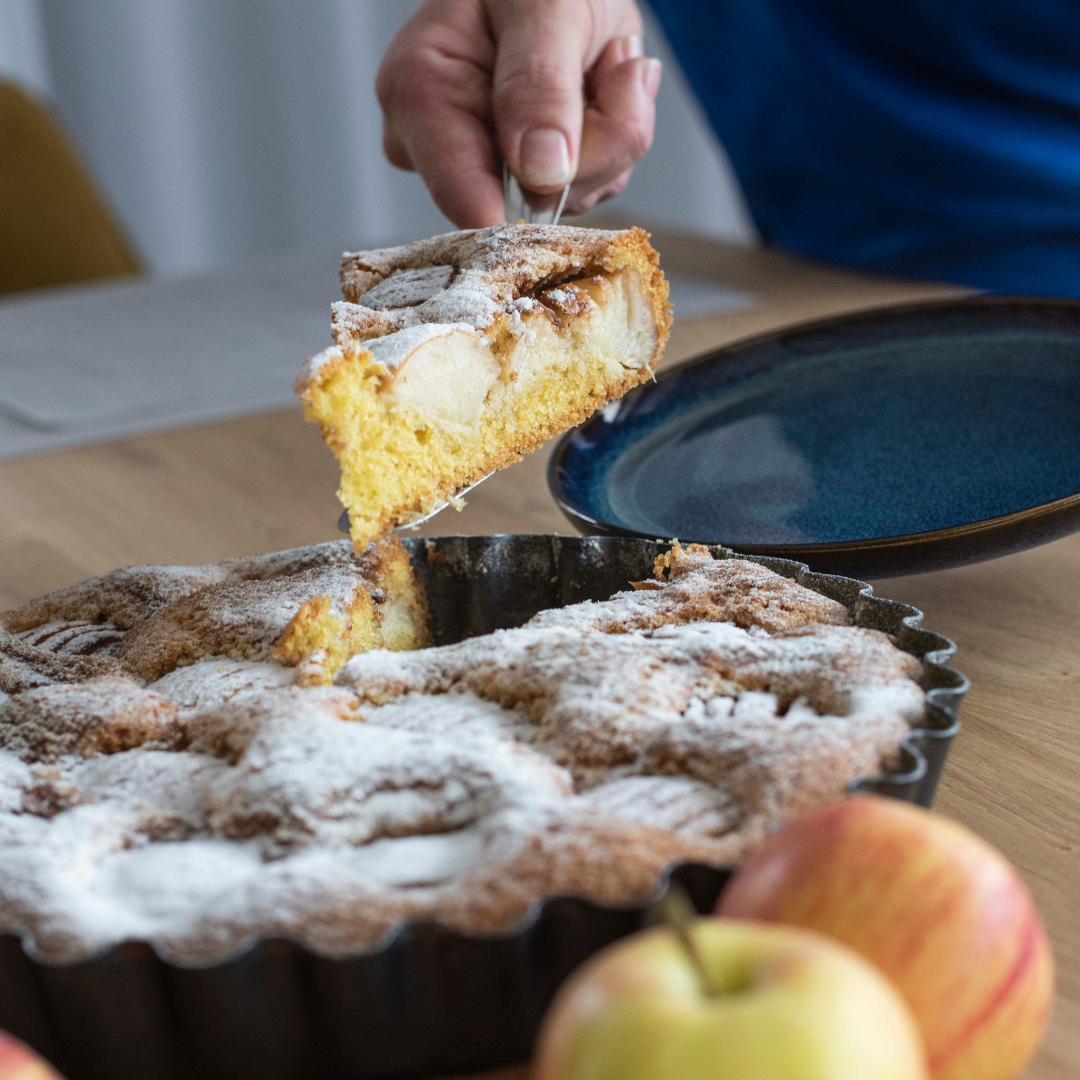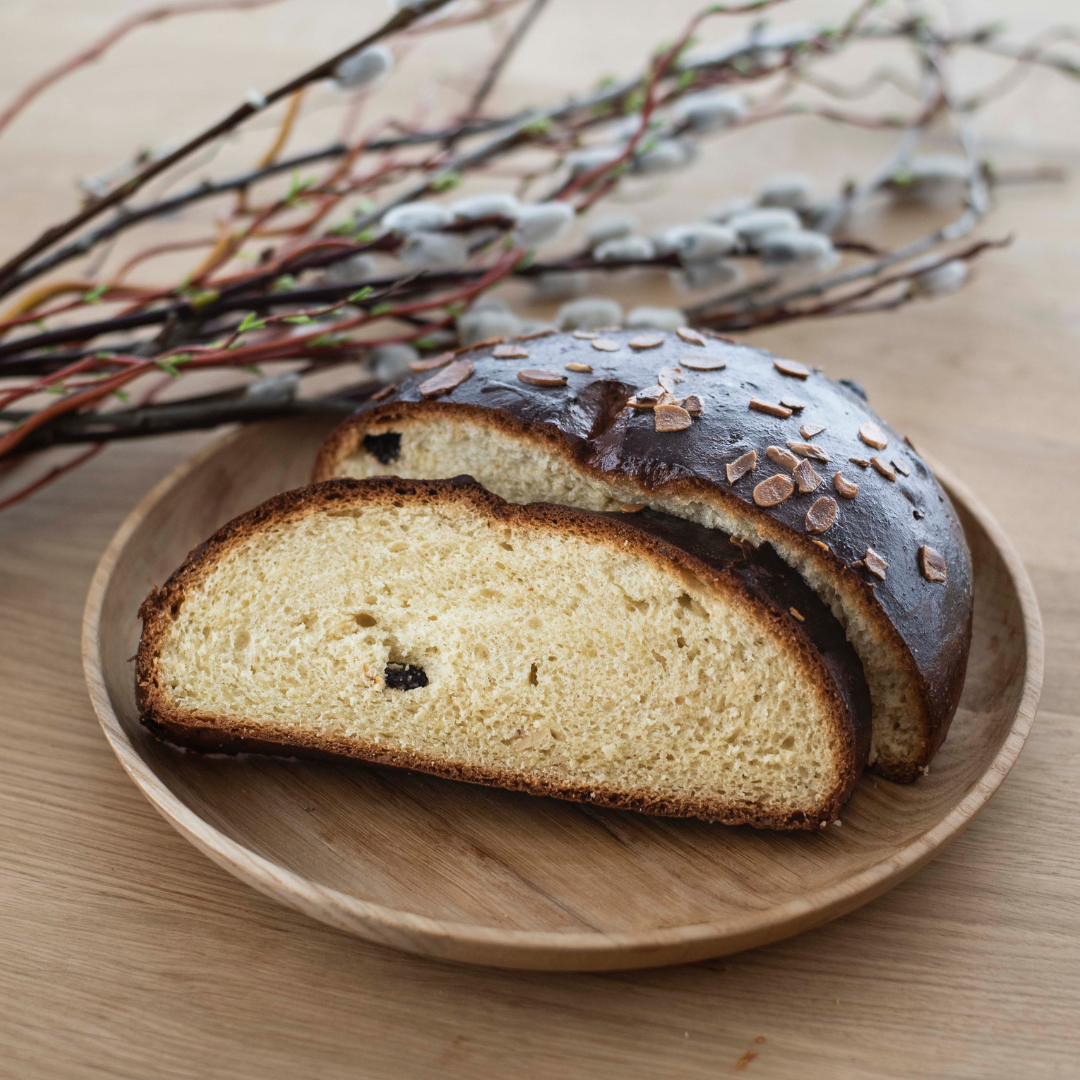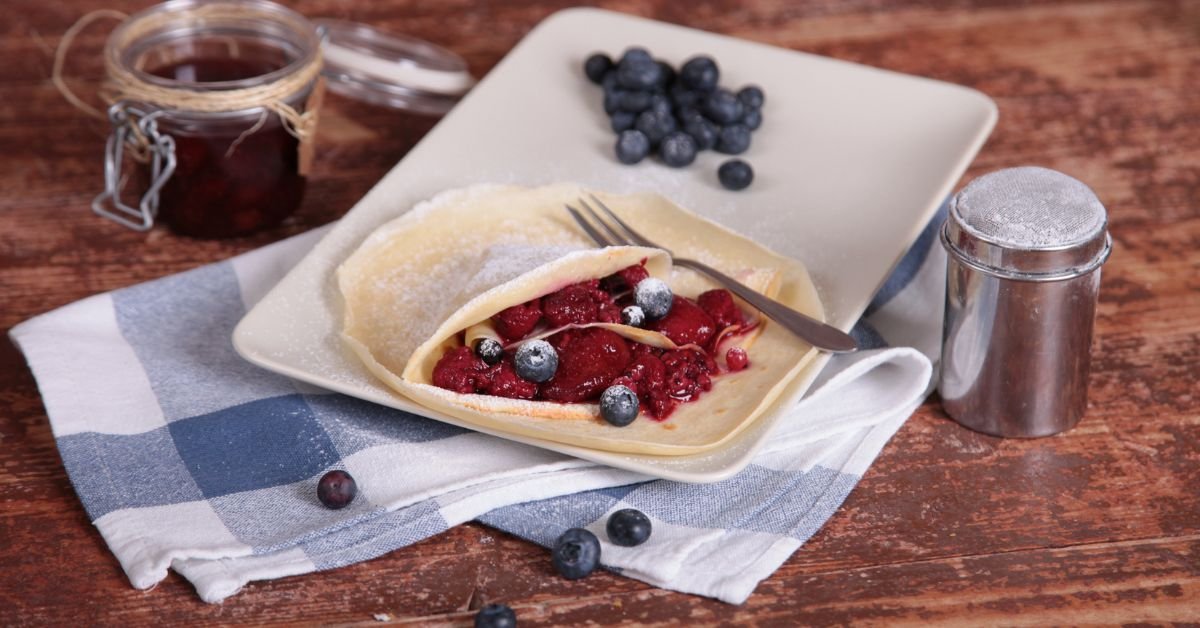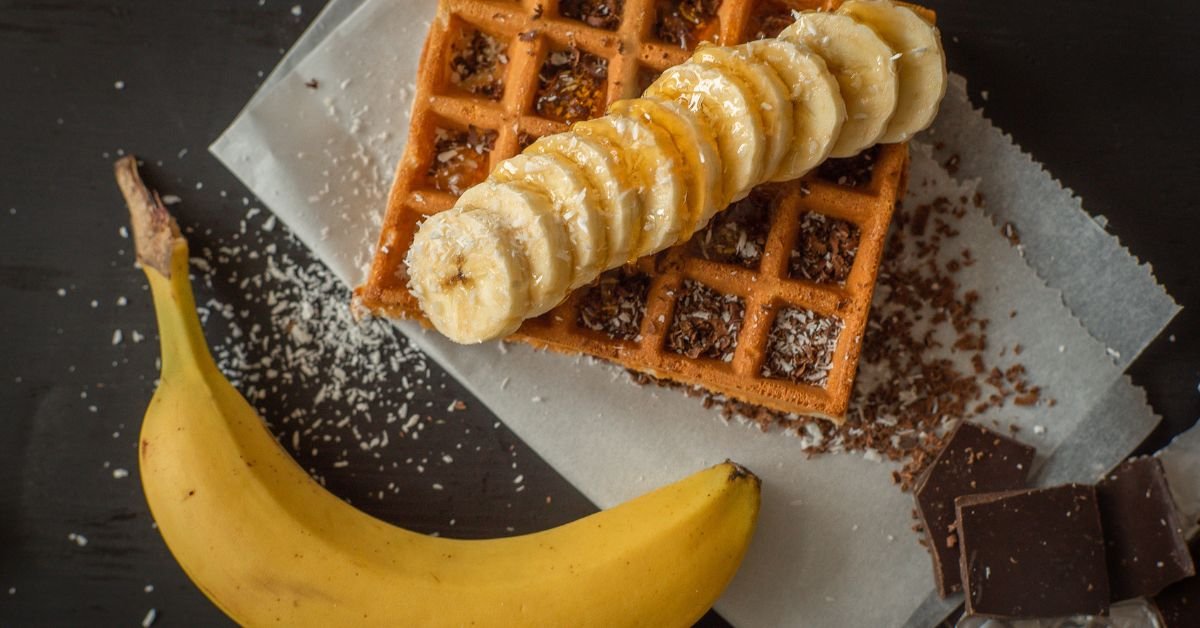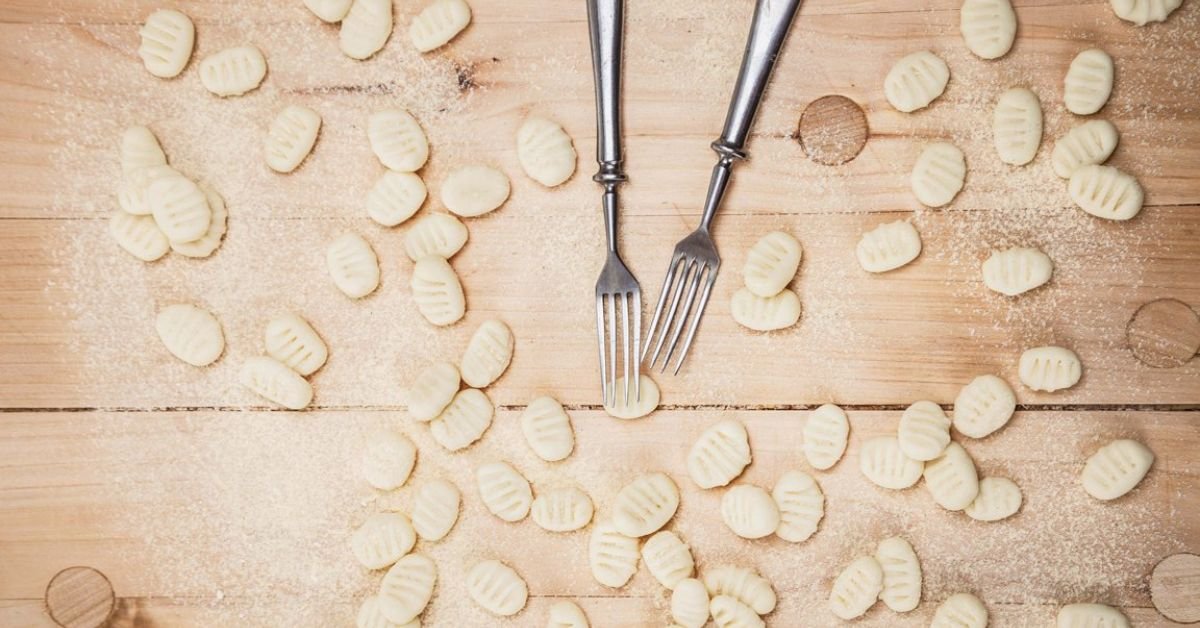Welcome to our Nominal on-line cookbook!
Discover tasty and easy recipes for the whole family to love. Our recipes will show you that cooking and baking doesn't have to be rocket science. We offer a wide range of recipes for all occasions - from savoury starters and soups through hearty main dishes to sweet desserts and delicious cakes. You'll also find recipes suitable for vegans, celiacs and those committed to a healthy lifestyle. All recipes are fine-tuned and tested to guarantee perfect results. Whether you're an experienced cook or just starting out, the Nominal recipe section has something for you.

